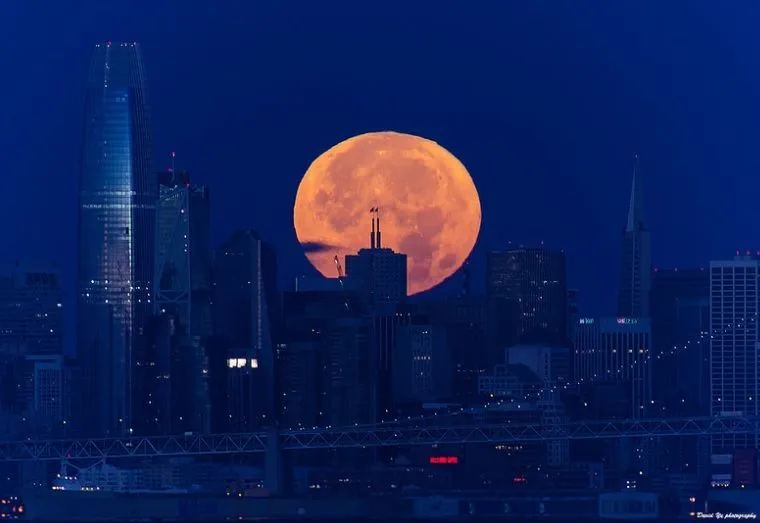A lunar eclipse, a supermoon, a blue moon and a blood moon will take place on Wednesday, January 31, 2018. None of these celestial events is rare in itself, what is rare and unusual is that they occur together, something that is not It has happened since 1866.
What is a Supermoon?
The term refers to a Moon that is full when it is at the closest point in its orbit around the Earth.
The supermoon on January 31 will be the third of what NASA calls a trilogy of superlunas, since the phenomenon also took place on December 3, 2017 and January 1, 2018.
What is a blue moon?
The term blue moon (blue moon translation, in English) refers to the second full moon that occurs in a month. The first full moon of January was lifted on January 1, turning the full moon of January 31 into a blue moon.
What is a lunar eclipse?
On January 31 the Earth, the Sun and the Moon will align, giving rise to a total lunar eclipse. "The full Moon will coincide with the moment when the Moon enters the shadow of the Earth producing an eclipse."
What is a blood moon?
Perhaps the most impressive and visually remarkable part of this lunar event is the fact that it is also a "blood" moon. During a total solar eclipse, the white sunlight that hits the atmosphere on the sides of the Earth is absorbed and then radiated out, scattered. The light of blue color is the most affected. That is, the atmosphere scatters most of the blue light. What is left over is orange light and red. "
The light passes through the atmosphere of the Earth and then falls on the Moon.
In North America the eclipse will be visible before dawn on January 31. You can also see in Asia, Australia, New Zealand and eastern Russia. In South America, Africa and Western Europe the total eclipse will not be visible.
